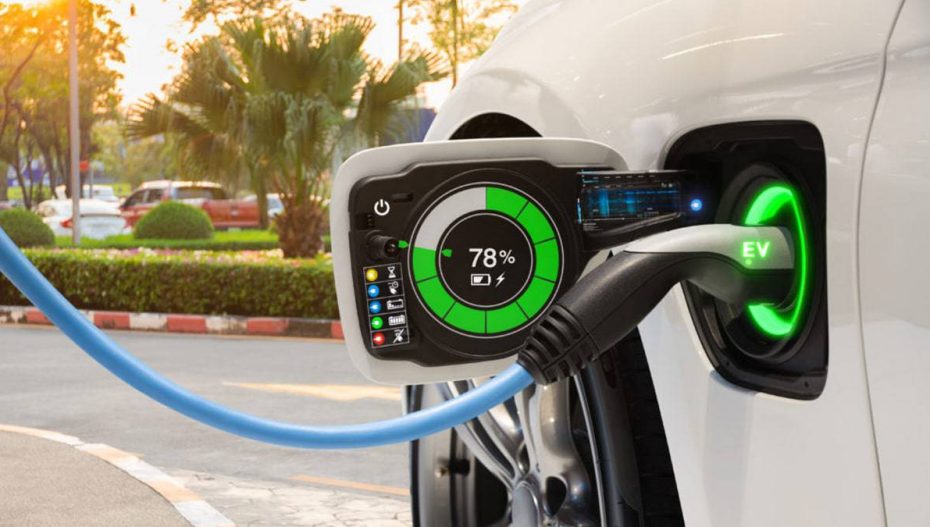The ignition engine, an Industrial Revolution breakthrough, is among the biggest threats today. It advanced human civilisation but lacked foresight about its environmental consequences. In 2016, the Central and Northern Indian states recorded 4 to 11 times higher levels of particulate matter (PM) 2.5 beyond WHO limits. With some of the most polluted cities, vehicular emissions in India contributed 27 per cent of air pollution by 2019, second to industries.
Reversing today’s climatic conditions has many bottlenecks. India has been amongst leaders of the environmentalist movement since the 70s. The first world countries, however, have been indifferent towards their CO2 emission targets, eco-friendly protocols and have irrelevantly invested in climate action. These have added to climate change and economic pressures that emerging countries like India have already been facing.
Meanwhile, excessive air pollution from vehicles has worsened our living conditions and human lung capacities have also contributed to raising Covid-19 mortality rates.
As investments into sustainable projects have increased, India stands in the right capacity for its optimisation. Recent start-ups, that have grown into corporations, are choosing electric mobility as a part of their logistical services. This shift towards electric mobility hints at the rise of a new environmentalist class.
As this marks the emergence of Neo-Environmentalism in India, the need to cut dependence on the global oil market, along with ecological pressures is visible. After the 1991 economic reforms, India brought the Bharat Stage Emission Standards (BSES) to replace old mobility methods with clean fuel technology. Though it took nearly two decades to implement, the BSES pressurised the industry to remanufactured engines adhering to new norms. Meanwhile, the economic variance in the industry made the process too slow.
Bharat Stage-IV (BS-IV) , currently on the road, took a decade to supersede BS-II. To fast-track further progress, the government’s push and a Supreme Court order made BS-VI the follow up after BS-IV. However, in 2011, the centre launched the Faster Adoption and Manufacturing of Hybrid and Electric Vehicles in India (FAME), under the National Electric Mobility Mission Plan 2020. In 2013, FAME was in phase one to kick start the shift to EVs. In 2019, the government announced the second phase of FAME to launch the first national-level fleets of bikes, four-wheelers, and larger ones. Over the last decade, we have also witnessed a policy side push for the EV market, and it supersedes the BSES.
FAME II, a three-year policy, dedicated 86 per cent of the EV budget for demand creation in India. However, by mid-2021, the government noted that EV adoption targets would be missed. Therefore, it amended the policy to extend the deadline by two more years and increase the demand incentive by 40 per cent. Bhavish Aggarwal, chairman and Group CEO of Ola, appreciated this move and predicted India’s potential as a global EV manufacturer in the future.
This amendment has proved to be a great push for the EV vertical and found support from additional EV policies by state governments. Along with incentives for EV adoption, both Maharashtra and Tamil Nadu governments framed their policies to have an EV ecosystem in place, counting 4-5 years from now.
Targeting EV as 10 per cent in new vehicle registrations, 25 per cent in public transport, and last-mile deliveries by 2025, Maharashtra listed its six prominent urban cities to achieve this. Such vehicles will enjoy 100 per cent exemption from road tax and registration charges, and the electricity tax for infrastructure manufacturers is expected to push consumers as well as producers of EV. To boost start-ups in the EV sector, the TN govt offered incubation services along with an EV Venture Capitalist Fund.
Looking back at all the hurdles of the EV market and the contributing scale of both the states in the transport of India, their initiatives are the best thrust to make a shift to EV. Besides, by operating an EV monitoring cell and checking for policy effectiveness from time to time, the Maharashtra government should be able to execute this transformation with better results and lead other states to the same.
Maharashtra’s policy also talks about the plan to fast-track and promote EVs to fleet aggregators. This seemed more viable after the crash of the oil market during COVID-19. With the fluctuating currency exchange rates, India witnessed a surge in petrol and diesel prices per litre. This ended up affecting the two-wheeler segment and their average earning consumers the most.
After this, the state and central governments increased the VAT and excise duty to shore up their revenues. This had a direct impact on transportation expenses leading to an increase in the final sale price. The company WayCool highlighted that logistics partners have had to make new arrangements to cope up with the rising fuel prices. In the time of unemployment and high pay cuts, operating expenses increased making new buyers hesitant. This created a good opportunity for EV sales.
Zomato’s founder and CEO, Deepinder Goyal, once shared the need to work in cooperation with restaurants and users to pool deliveries without compromising on results to save on fuel, and hence, CO2 emissions. There was no other good time to bring this into action. Among the leading logistics companies, Swiggy and Zomato took their pilot forward with 10 and 12 cities respectively. They opted for EV fleets to save money for delivery executives ranging from Rs 5-8 per order and reduce their running cost by 40 per cent. Where an average delivery person spends 25 per cent of the monthly income on fuel, maintenance and EMI collectively, EVs are proposed to cut down the first two leaving EMI as the only big expenditure.
From here on, it comes down to the challenges faced by the market, and how buyers and sellers react to it. The shortage in the range availability of the EV segment is due to volatile consumer behaviour. But, in June 2021, post the announcement of incentive policies, electric SUVs saw a hike in sales. Subsequently, Tata Motors is said to bring in more EV products and have 1-2 launches every year. The result of product incentives is quicker than the installation and operation of its infrastructure. The scale and implementation differences for EV products and their infrastructure are huge. It will be progressive yet challenging for consumers as well as the producers to bridge this time gap.
This article is written by Varun Kumar and Aditi Bhadoria

Varun is an architect and writer, who has featured articles on public affairs, the built and natural environments.

Aditi is an architect and writer, who has worked in design communication and is currently pursuing journalism.












